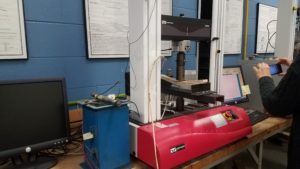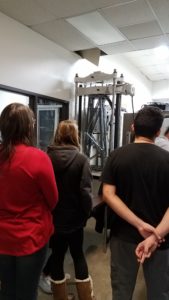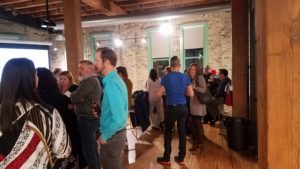Water: How can we engage students in authentic learning experiences related to water and water technologies?
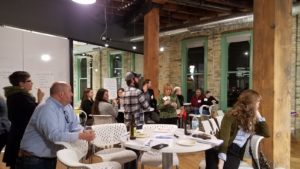 Beyond the facts that Milwaukee sits next to a whole lot of water and spans several watersheds, it is home to more than 200 water technology companies. This creates an opportunity not just to explore physical connections to water and the environment, but to tap into expertise around how water is used and managed. At our February Collab Lab, we pulled together individuals from area organizations engaged water technology and issues from a variety of perspectives. We then sat them down with educators to flesh out some ideas and make the connections that can help bring those ideas to life.
Beyond the facts that Milwaukee sits next to a whole lot of water and spans several watersheds, it is home to more than 200 water technology companies. This creates an opportunity not just to explore physical connections to water and the environment, but to tap into expertise around how water is used and managed. At our February Collab Lab, we pulled together individuals from area organizations engaged water technology and issues from a variety of perspectives. We then sat them down with educators to flesh out some ideas and make the connections that can help bring those ideas to life.
Amber DuChateau was kind enough to step in as a guest facilitator. She guided our discussion groups through a process that began with participants sharing what drives their work and what excites them now about what they’re working on. From our perspective, the really interesting work in schools is driven by teachers passions. This method of introduction provides a chance for them to connect with others who share their enthusiasm.
Our search for opportunities began with a brainstorming process within each discussion group. We asked each table to generate ideas for potential projects using one or more of these strategies:
- Mix and match — What would it look like to combine exciting work from 2 or 3 members of your table?
- Shift context — What does it look like to take exciting work and put it in a different location, class (art music, language arts, history, business), age group?
- Empower students — what does it look like when students drive the questions, act as mentors to younger students, lead the project
- Distribute the work — what changes if you had 10 classes chipping in, what does it look like if you have 100?
- Extend the scope — what changes if you can rely on the skills of students/teachers in other classes?
That process gave us a list of ideas that included:
- What constitutes “healthy water”
- How does water flow through the curriculum
- gardens
- aquaponics (our focus for Collab Lab 22)
- connecting questions (inquiry) to answers (outcomes)
- How is water made?
- Connect Sweet Water’s Adopt a Storm Drain project to schools
- First Lego League + Computational Thinking + Water problems
- Water Poetry (with presentation of work)
- Test presentations of water related work before visitors to Discovery World
- Tell the story of a drop of water
- Tell the story of a drop of water through water bracelets (each token on a bracelet tells part of the story)
- Enlist students in UWM’s School of Freshwater Science as mentors to MPS Science teachers working with Project GUTS
- Tell the story of the Habitat Hotels constructed for the Harbor District by Bradley Tech students
- Extend STEMhero‘s curriculum to connect students to look at water usage of businesses near schools
With those ideas in hand, each group moved on to select one idea and create a vision for what that might look like. Here’s where they landed:
Project Idea 1: Adopt a Storm Drain +
Goal
Students adopt one or more storm drains near their school. Students understand the function of storm drains, how pollution can enter the system, and be swept into area streams and Lake Michigan. Inspired by this understanding, they work to keep their storm drain(s) free from garbage that may be swept into the drain and out into area waterways.
Key Issues
- Scalability– how can this effort spread
- What education levels to target?
Potential Partners
- Sweet Water
- Green Schools Consortium
Project Idea 2: If I Were a Drop of Water
Goal
Engage student physically, mentally, and emotionally to understand the flow of a drop of water from where it lands in Milwaukee and its journey to Lake Michigan. Use a multidisciplinary approach to help students build these stories, which are then presented to an audience from the wider community.
Where/Who/When
Across the watersheds which cover Milwaukee in grades 6-12. Pilot the effort in 7th or 8th grade. Prep for the effort in the fall, get students outside in the spring to follow the path of water from their chosen source to the lake.
What’s Needed to Move Forward
- Identify locations to use as starting point for water journey
- Tap local expertise to do so (building connections between schools and partners)
- Do a test run of the water journey with teachers
- Map the work envisioned back to curriculum standards
How to get Started
- Reach out to science curriculum specialists to help identify schools who might be willing to pilot
- Run the idea past local experts to identify source locations that would allow students to follow interesting journeys
Project Idea 3: What Constitutes Healthy Water?
Goals
- Incorporate actual water issues for Milwaukee– lead, lake levels, etc.
- Include water quality into multidisciplinary curriculum
How to get Started
- Identify a client (big or small) for the work
- Miller
- Summerfest
- MMSD
- Colectivo
- Craft a project to engage students in work to explore/address the client’s concerns around water.
Thanks again to The Commons for providing the space, to Amber for facilitating, and our featured participants for the experience and insight they brought to the discussion:
Brenda Coley – Co-Executive Director, Milwaukee Water Commons
Jake Fincher – Stormwater Program Manager, Sweet Water
Tony Giron – Community Engagement Manager, Harbor District Milwaukee
Justin Hegarty, P.E., LEED A.P., Executive Director, Reflo
Kelly Ibarra – Teacher Success Lead, STEMhero
Cate Rahmlow – Director of Sector Strategy Development, WEDC
Rochelle Sandrin – Science Curriculum Specialist, Milwaukee Public Schools
Liz Sutton, Outreach Manager, UW-Milwaukee School of Freshwater Sciences
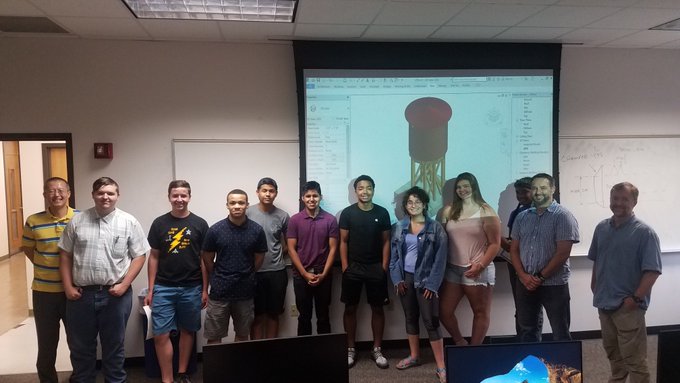

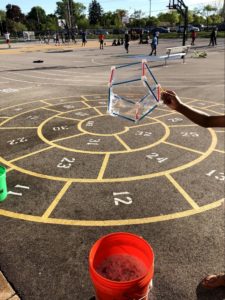



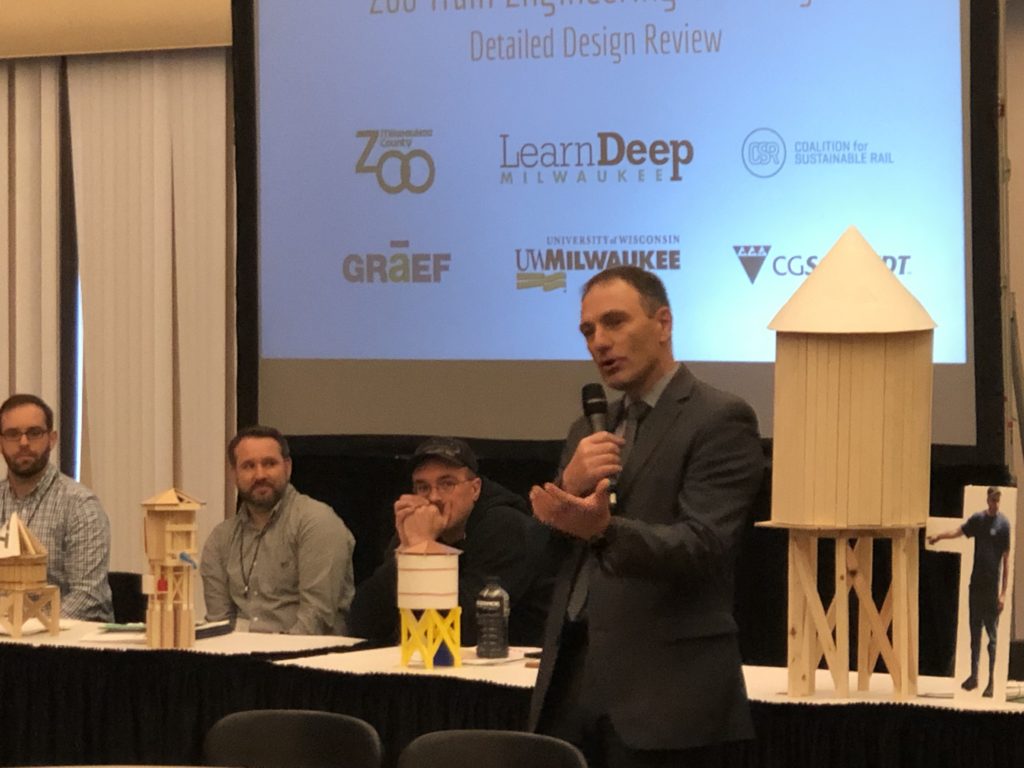



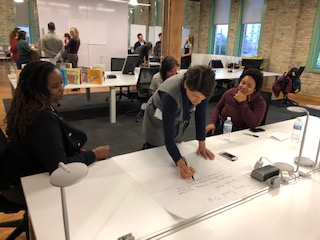



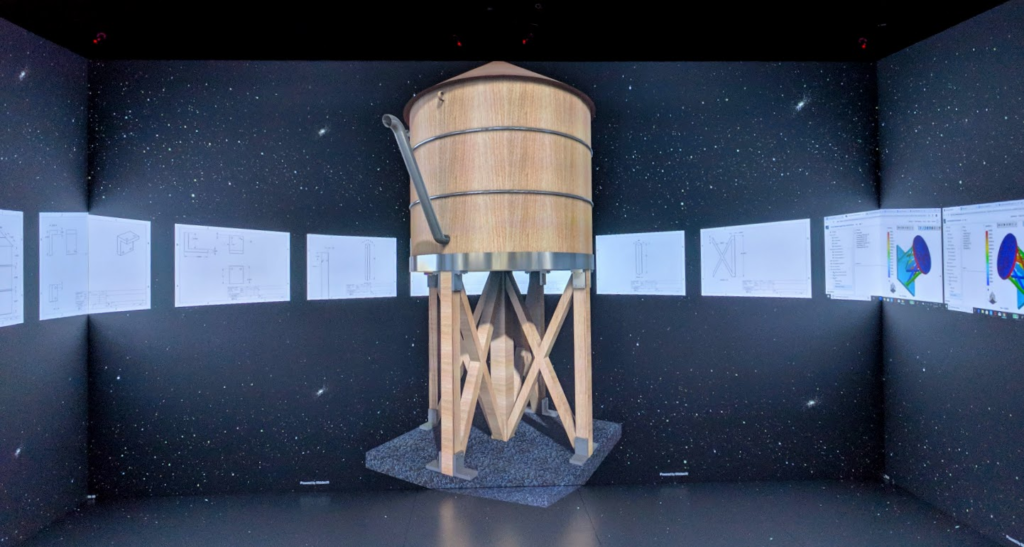
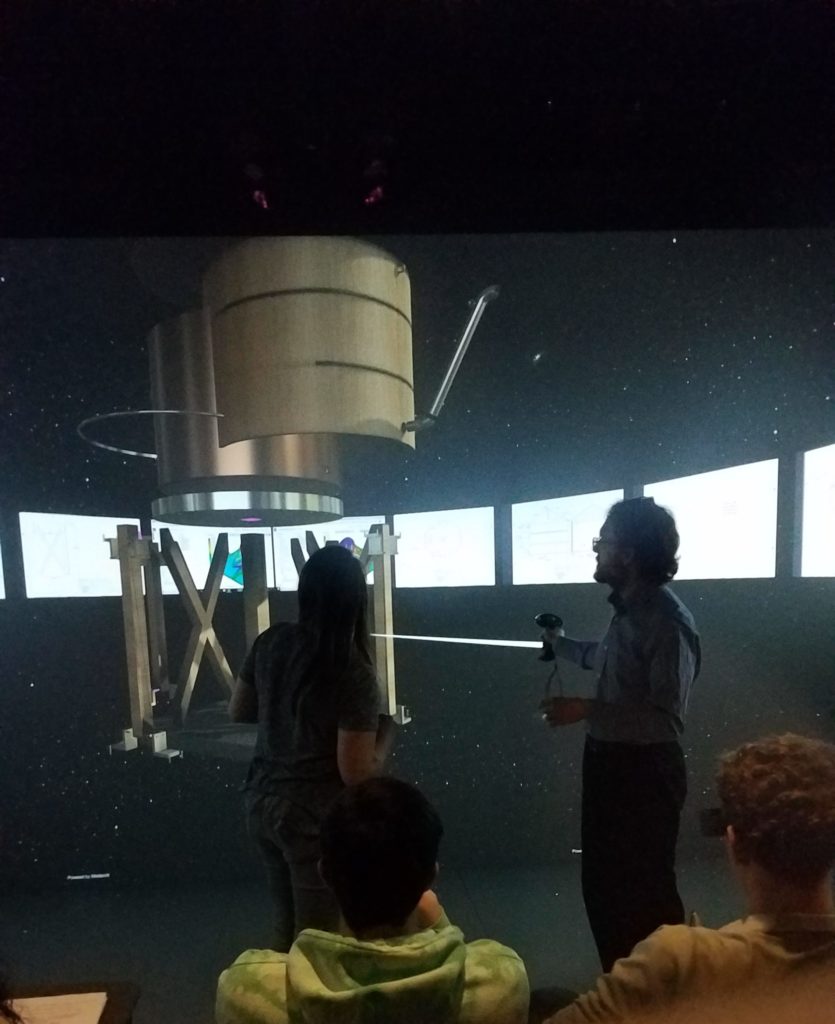
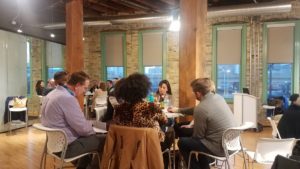 Collab Lab 26 focused on storytelling and how we can use those practices to empower student voices and drive engagement.
Collab Lab 26 focused on storytelling and how we can use those practices to empower student voices and drive engagement. Beyond the facts that Milwaukee sits next to a whole lot of water and spans several watersheds, it is home to more than 200 water technology companies. This creates an opportunity not just to explore physical connections to water and the environment, but to tap into expertise around how water is used and managed. At our February Collab Lab, we pulled together individuals from area organizations engaged water technology and issues from a variety of perspectives. We then sat them down with educators to flesh out some ideas and make the connections that can help bring those ideas to life.
Beyond the facts that Milwaukee sits next to a whole lot of water and spans several watersheds, it is home to more than 200 water technology companies. This creates an opportunity not just to explore physical connections to water and the environment, but to tap into expertise around how water is used and managed. At our February Collab Lab, we pulled together individuals from area organizations engaged water technology and issues from a variety of perspectives. We then sat them down with educators to flesh out some ideas and make the connections that can help bring those ideas to life.